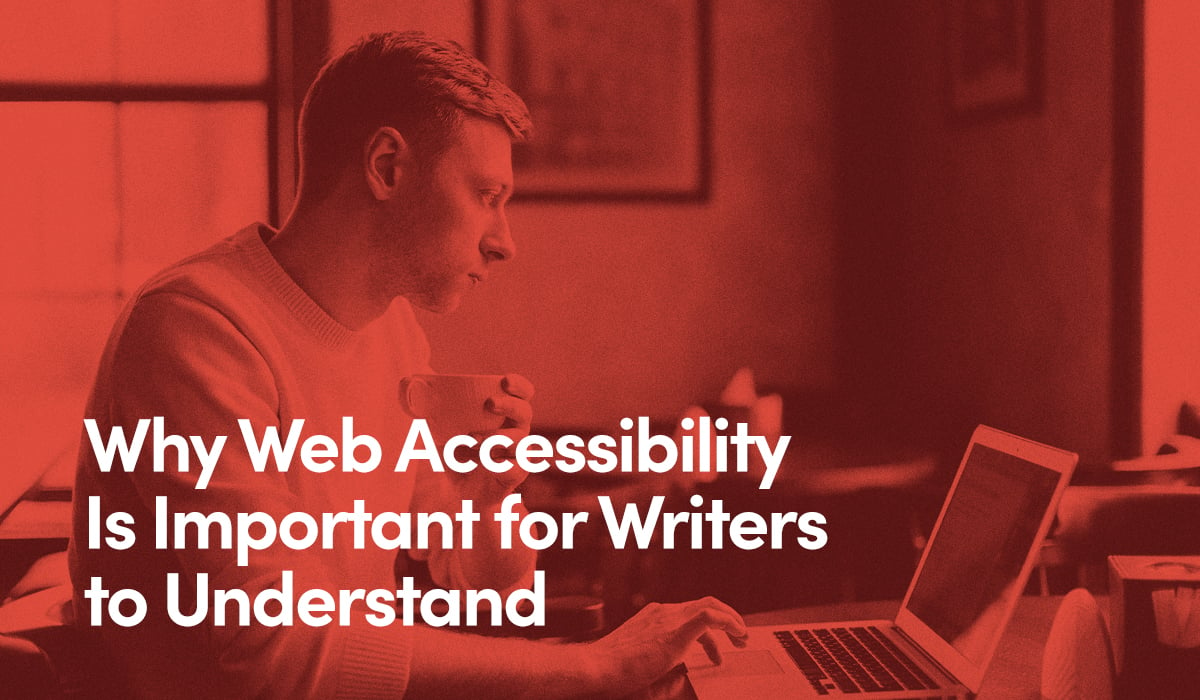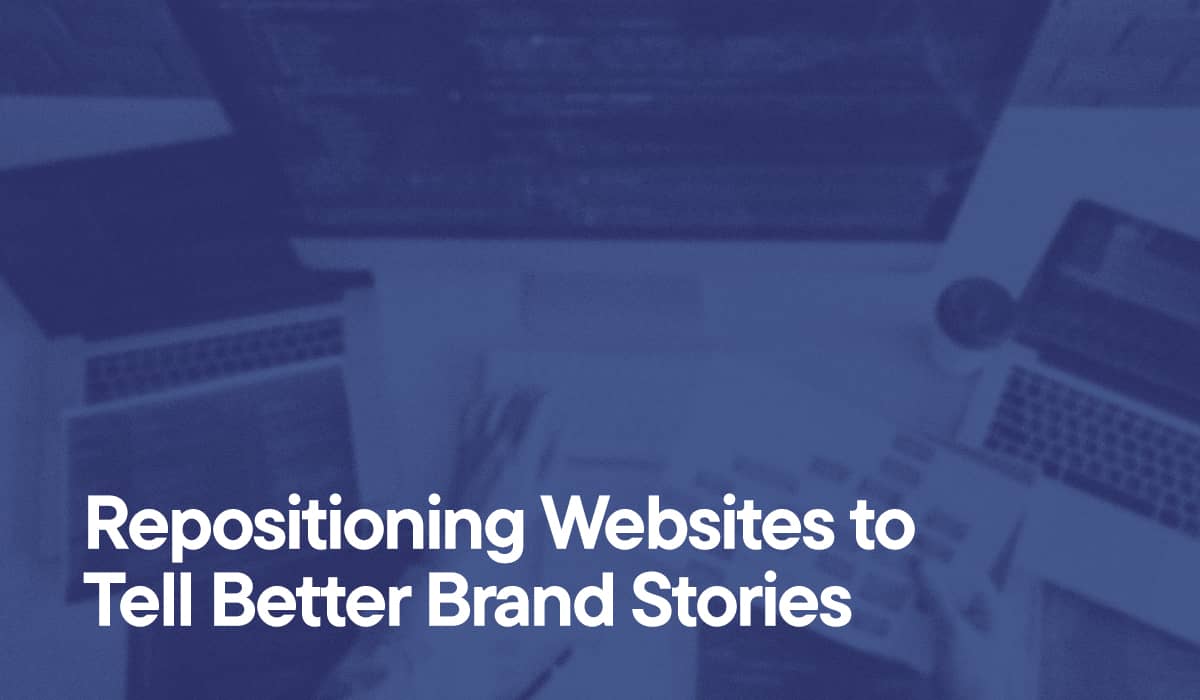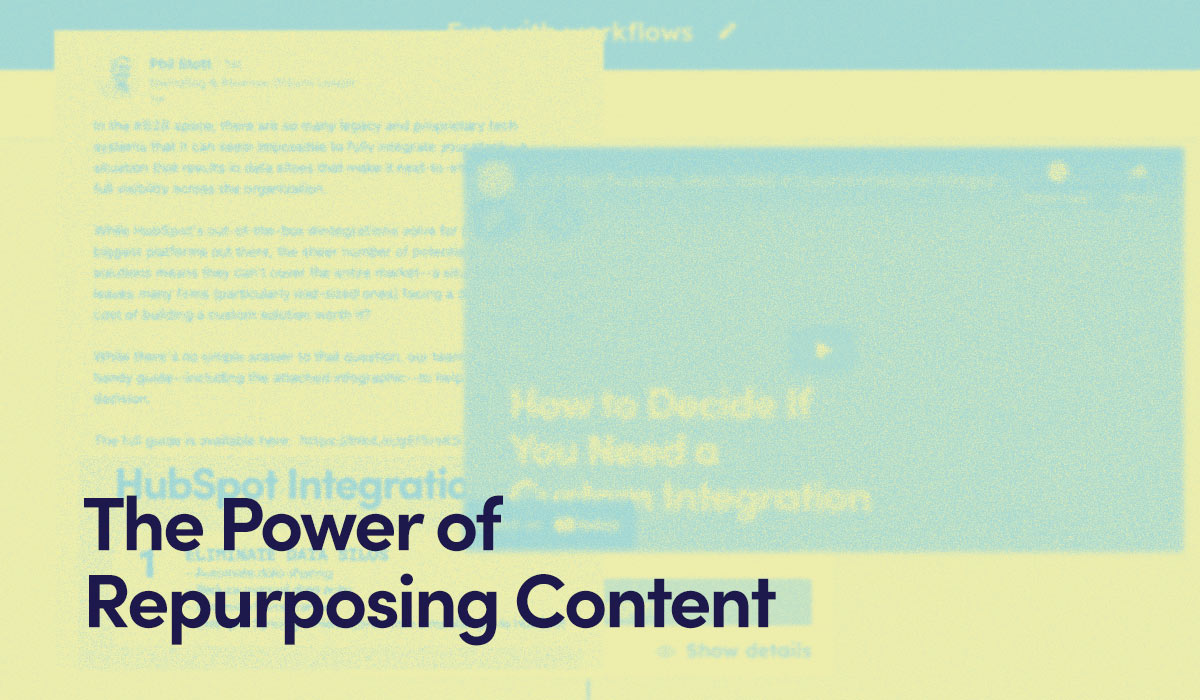Understandably, much of the focus of web accessibility tends to center on design. Ensuring people with disabilities can seamlessly navigate and interact with a website is a critical consideration for improving digital accessibility and inclusiveness, for all.
The responsibility for creating a more inclusive internet isn’t just a design challenge, however. Writers have plenty to contribute as well, since readability is another fundamental aspect of this critical goal—and one that will help your work reach a wider audience.
Benefits of Writers Familiarizing Themselves With Accessible Formatting
Generally, writers want their content to be read by as many people as possible. Knowing how to properly produce and format their pieces to be easily accessible to people with disabilities—whether physical or cognitive conditions—not only helps you reach a wider audience, it’s also great business sense.
Ensuring writers are aware of the best ways to produce accessible content should be an essential part of any company’s content strategy.
Here are some best practices for writers to help in that mission.
Put Headings in Logical Order
Headings should descend from most to least relevant, similar to the inverted pyramid structure of news writing, making it easier for screen readers to parse your content and convey its meaning. This also helps readers better locate relevant information and anticipate what’s to come in corresponding sections.
Likewise, using relevant keywords and phrases, and the proper headings and styles (h1, h2, h3, etc.) helps screen readers more accurately navigate and determine the structure of the page. Screen readers will also read out headings to help better convey the webpage’s main ideas, so make sure they are descriptive.
That said, do not keyword stuff. Of course, content writers should also be considering SEO best practices when writing—which includes adding relevant keywords to headers. However, it is important not to forget about accessibility when doing so—and to avoid the practice of keyword stuffing at all costs.
Not only is it bad SEO practice, keyword stuffing will confuse your audience, especially those reliant on screen readers. For example, imagine a screen reader dictating a long string of related terms, such as “accessibility blogging,” “blogging for accessibility,” “a11y blog,” “accessible blog tactics,” and so on.
How to Apply Heading Styles for Accessibility
Format a blog’s title using the Heading 1 (h1) style—the only instance this should be used. Style subsequent subsections covering the major subject areas of your content with h2. Further subcategories within subject areas would take h3 headings, then h4, h5, and so forth in descending order.
This section demonstrates this process. The main heading is an h2 “Put Headings in Logical Order,” and this subsection, “How to Apply Heading Styles for Accessibility,” uses an h3 to denote that the subject matter is a subcategory of the main section. The following main section, “Keep Your Writing Accessible,” reverts back to an h2, since it’s a separate subject area.
Make Your Website Accessible to Everyone
Is Your HubSpot Site WCAG Compliant?
Protect Your Business With Accessibility Solutions arrow_forward
Keep Your Writing Accessible
Generally speaking, how you write is just as important as what you write, and that rule is especially true when it comes to accessibility.
According to recommendations outlined in the Web Content Accessibility Guidelines (WCAG), it’s best practice to write in short, concise sentences using simple, common words. Maintain readability no more advanced than that expected for students in the last year of lower secondary education, or ninth grade. That means no long, complex words or complicated sentence structures. This helps all readers more easily understand the points you’re making.
When Linking, Use Descriptive Language
It may be tempting to write “click here” when linking to something. This seems like a worthy call to action—but it’s not accessible because it doesn’t provide a user with information about what to expect after clicking.
Instead, when linking, use descriptive language in the link text, to add context and describe the content you’re directing readers to. Extraneous words used as links such as "click here" or "more" should be avoided.
More detailed descriptions help screen readers tell their users what they’re actually clicking on. It’s also more SEO-friendly, which is an important consideration for creating links to other pages on your site.
You could also have your developer apply a label in the HTML so when a reader hovers over your link, it provides a description.
Font Sizes, Format Styles & Colors
Don’t alter font sizes, colors, or typeface to communicate context or meaning. These inline styles don’t translate well for people using assistive technologies, so avoid using them to accentuate content.
You should also avoid using soft paragraph breaks (Shift + Return) when writing body copy. This can encode HTML line breaks (<br>) into the source code instead of paragraph breaks (<p>). That creates a problem for screen readers, which don’t interpret <br> tags as a reason to pause, potentially leading to multiple paragraphs sounding as if they have been blended together—a poor experience for those relying on the screen reader.
When all is said and done, writing for accessibility is not only easy—it’ll make you a better writer, help deliver your content to a wider audience, and even mitigate the risk of website accessibility lawsuits.
Provide Captions & Transcripts for Multimedia Elements
According to the international standards nonprofit World Wide Web Consortium (W3C), it’s best practice to provide a transcript for audio-only content, such as a podcast--as well as captions for audio-visual content, such as training videos. Additionally, including descriptions of sounds is important to aid understanding of the full context, as well as spoken information. For example, the group suggests something as detailed as “door creaks’’ to describe such a sound and provide meaningful context. In video transcripts, W3C recommends including descriptions of important visual movements, such as “Athan leaves the room,” for example.
Use Alt-Text for Images
Alt-text is an HTML attribute describing and providing context about an associated image. It plays an important role in improving accessibility for those living with visual impairments because it can be read aloud by screen readers.
Alt-text also serves as a substitute for images and graphics should they not render properly. For example, say you have a photo of a frowning, rain-soaked King Charles III on your blog. You’d fill out the alt-text: “King Charles III of England, frowning and wearing a rain jacket with the hood on.” In addition to helping people who rely on assistive technology, if someone’s internet is running slowly and the images on your page aren’t loading, they’ll still get an idea of what is on your site.
Finally, using proper alt-text doesn’t just have accessibility-related benefits—it’s also critical for helping search engines to properly index your site content.
Always Consider Assistive Tech Users
Overall, it’s important to always factor in how content will be viewed and interacted with by people using assistive technologies.
Thanks to innovations such as screen readers and magnifiers, voice recognition software, refreshable braille displays, alternative mouse and keyboard inputs, and more, many people who would otherwise be inhibited can enjoy access and interactivity with digital content. Considering how your content is produced and formatted with accessibility and assistive technology users in mind will ultimately improve your content’s readability, and performance metrics.
When all is said and done, writing for accessibility is not only easy—it’ll make you a better writer, help deliver your content to a wider audience, and even mitigate the risk of website accessibility lawsuits.




